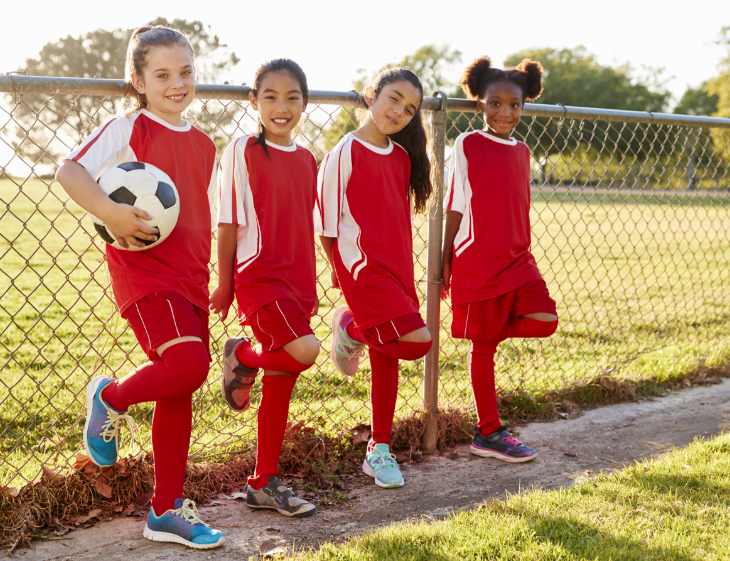
04 Sep Parents, Do The Opposite Of What The Sports System Is Telling You
I didn’t enter the travel soccer system until age 13.
For the female athlete of today, this is frowned upon, in fact, judged by her friends. Her parents are questioned by their neighbors, and she’s forced into chasing the word “elite” as young as age 8. It could be everyone has a case of “keeping up with the Jones’s” and lives in fear that a female athlete will fall behind if she does not do what everyone else is doing – more travel teams, more private lessons, more tournaments. Of course, I am not passing judgement on parents nowadays, as I cannot say for certain how my parents would have acted in today’s youth sport climate. I remain empathetic toward parents, and wholeheartedly feel for them, as they are put in a tough position on what to do with their female athletes.
Just like anyone else, my parents wanted the best for me when it came to soccer, but they drew a line in the sand and made sure it was still fun. Though travel teams sought me out at a young age, my mom did not give into the shiny bells and whistles, the higher status team, bragging rights, parent peer pressure, and gave me the choice to continue rec. She saw how much joy I got playing for a lower-level team and did not want to disrupt my positive experience. This also was a time when travel clubs were not as manipulative to parents with marketing tactics, alluring social media posts, and advertisements that shouted ‘player development’ as a guise for expensive year-round dues. In fact, club dues did not exist, and I remain thankful I grew up in a time when youth sports were not as business focused, but more so, human focused.
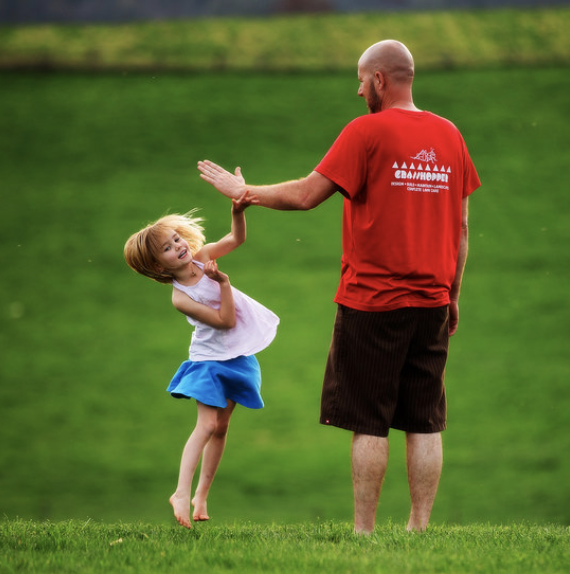
On top of clocking in thousands of hours playing with my brother and his friends, I was able to explore the exuberance of childhood. I sampled many sports like ballet, gymnastics, baseball and lacrosse. I played in the front with my dad. We raked leaves and jumped into mountains of leaf piles for hours. My dad turned on the front yard sprinkler and we jumped over and dodged the water from hitting our feet. My dad chased us around the house as we screamed with laughter. Little did we know the sprinting, jumping, leaping, and playing built our feet muscles, body awareness, and reactivity, and would translate into better speed and agility in high school. I knew no other side to youth, except for fun and free play, and there was no one barking at me to “run faster!” or have “quicker feet!” The games we played elicited the physiological response most performance gurus today promise. Better yet, we stayed healthy with no injuries many middle school girls suffer from today. The words “overuse” “burnout” “ACL” were not in my vocabulary as a kid. In fact, I did not know what an ACL tear was until late into my high school years. To say I had an offbeat journey to what everyone is doing now, is an understatement.
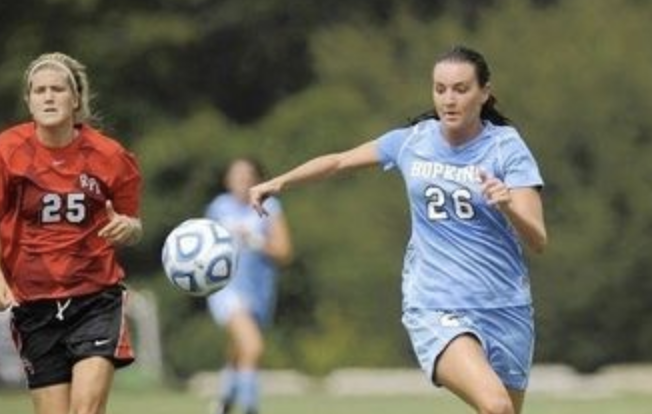
My sports journey began when my mom signed me up for soccer at age 6. This was back in the 90s when there were no U8 “elite” teams, traveling out of state, and playing more games and having more trainings than professional athletes. Admittedly, I’m nostalgic of these times when there were orange slices at halftime, 9 months of a true off season, and opportunities to sample a variety of sports without being shamed by my coach. Did I fall behind in this model? Was I too late to take one sport seriously? Again, I didn’t join a serious travel team until age 13. Looking back, the recreational system was exactly what I needed to bolster my passion for the game. My coach was a volunteer dad who had a sharp understanding of soccer and who encouraged us to take risks and make mistakes. He never micromanaged. He never acted a fool on the sidelines. He never screamed as if every game we played were a U8 World Cup Final. We were just young girls who wanted to leave our practices and games with beaming smiles and sweat dripping down our faces. He kept soccer fun.
Because of the amazing coaches I had in the rec system, coupled with playing in the neighborhood and making my body incredibly strong from new environments, my physical capabilities soared – my balance, my coordination, my body awareness, my speed, my strength, my power and my agility. And because I was prepared physically, my technical and tactical abilities blossomed. Learning new soccer moves was easy because I had the foundation of coordination and rhythm to execute a skill with balance. I didn’t need to be overcoached in my technical work. For my tactical ability, my brain was amazing at processing new information by the time I reached age 13, and I owe it all to the variety of unsupervised environments in which I had to figure out and problem solve at a young age, without parents telling me where to go and how to react.

In fact, I did not do a rehearsed “agility” drill until high school, and I am glad I never participated in the shenanigans of today where “agility” gurus put 8-year-olds through drills that look like tap dancing. Soccer is spontaneous and requires a tremendous amount of cognitive ability, and the play of my childhood prepared me for these demands.
Soccer is spontaneous and requires a tremendous amount of cognitive ability, and the play of my childhood prepared me for these demands Share on XIt is also not all work done on the ball, as a large percentage of the game is played off the ball, as well as various other female sports. Skill work is important, but not as much as people think for the young female athlete just starting out.
A lot of parents and coaches today still struggle to grasp this concept and fall under the trap that more focus on specialized skill gets girls better at their sport due to the messaging from clubs “don’t fall behind” or “do our summer camps to get an edge” or the “10,000-hour rule.” This messaging is a total disaster that preys on parent and player insecurities that taking off and trying other activities will make their child’s skills wither away, and their teammates will surpass them.
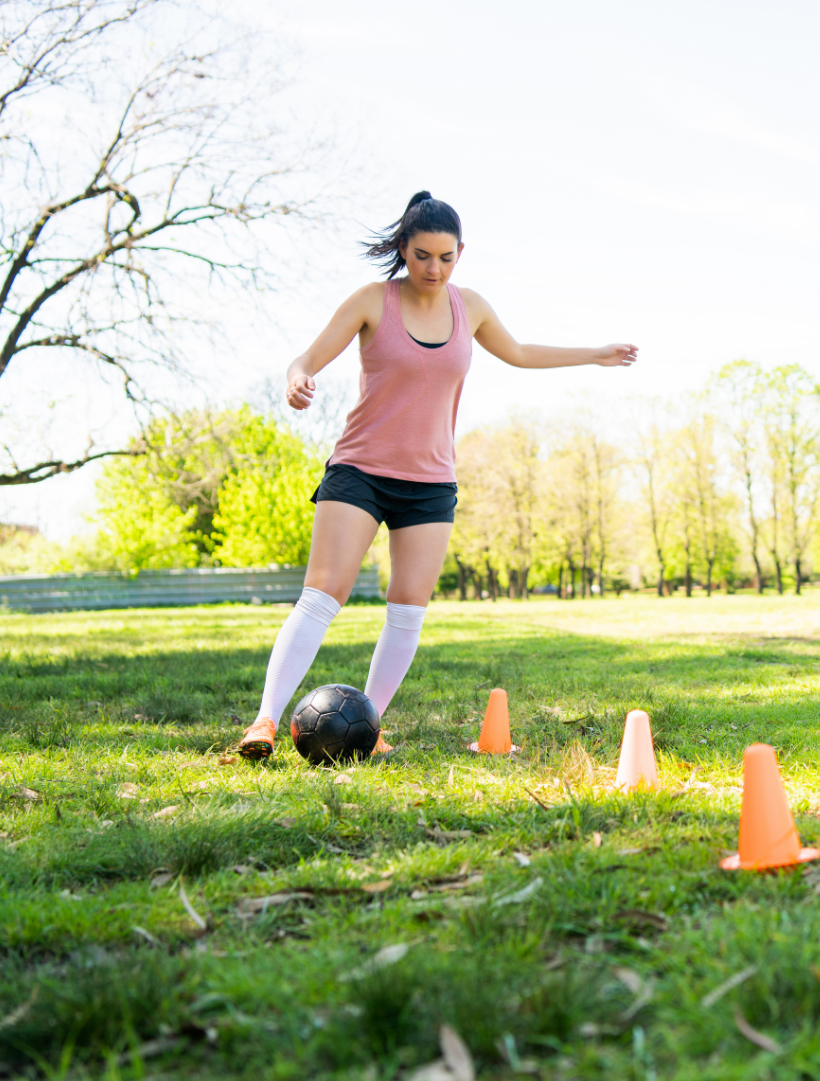
This couldn’t be more far from the truth, as both evidence-based and experience-based research expose this fallacy. According to the National Strength and Conditioning Statement on youth long-term development, exposing kids to a variety of basic motor skills, is the first step of the youth pathway to eventually boost sport specific skills in the high school years. The developmental time frame of brain maturation is associated with a heightened degree of neural plasticity during childhood and provides an opportunity to take advantage of the motor skill potential of children (Lloyd). A plethora of literature demonstrates the rise of injuries in an early specialization model, and the dangers it poses for female athletes who are going through dynamic changes during adolescence.
The likelihood of suffering an overuse injury is higher for young athletes who have specialized in a single sport, as opposed to those who participate in a range of sports (Jayanthi et al 2015). A multicenter prospective clinical study that evaluated 1,200 young athletes (aged 7–18 years) showed specialized young athletes were spending greater amounts of time participating in organized sports while participating in less free or recreational play activity. Weekly organized sports hours were nearly double that of free play, and those young athletes who exceeded a 2:1 ratio of weekly hours of organized sports to free play were more likely to have an injury and a serious overuse injury. This specialized training resulted in an increased independent risk for overall injuries, overuse injuries, and particularly serious overuse injuries requiring at least 1 month recovery (Jayanthi 2015). For maturing females, rapid changes in stature, strength, and limb lengths may exacerbate risk of injury when combined with intensive regimens of physical work (Bahr 2014). The growing female athlete body craves variety, so it can work out muscle imbalances, coordination disturbances, muscular weaknesses, and bolster bone mineral density growth to protect her joints.
The growing female athlete body craves variety, so it can work out muscle imbalances, coordination disturbances, muscular weaknesses, and bolster bone mineral density growth to protect her joints. Share on X
The push for early specialization might be, at its root, genuine intention by adults, but it does not guarantee a successful and healthy female athlete. Despite early accomplishments, athletes who specialize at an earlier age experienced less success as they became older (Moesch 2011).
What’s funny is, young girls, namely U12s, are pushed to get in repetitions of their sport over and again with the hopes of getting the scholarship or the national team selection, but the greatest players in history did the opposite.
Young girls are pushed to get in repetitions of their sport over and again with the hopes of getting the scholarship or the national team selection, but the greatest players in history did the opposite Share on XMia Hamm, for example, played football with the boys. Alex Morgan was also a multi-sport athlete who didn’t play travel soccer until age 14. Abby Wambach also says playing youth basketball enhanced her jumping and tracking prowess as a professional soccer player: “Playing basketball had a significant impact on the way I play the game of soccer. I would go up and rebound the ball. So, learning the timing of your jump, learning the trajectory of the ball coming off the rim, all those things play a massive role.”
Adding on to these living, walking examples of exceptional female athletes, the analysis of retrospective data across a multitude of sports indicates that individuals who participated in 3 sports or more between 11 and 15 years of age were more likely to play national compared with club standard sport between 16 and 18 years (Bridge 2013).
To truly help the next generation of female athletes raise the ceiling on their performance, as well as minimize injuries for their careers, it starts with escaping the robotic, specialized system and allowing them to enjoy childhood, become stronger, and build themselves up as humans.
Parents, do the opposite of what the sports system is telling you.
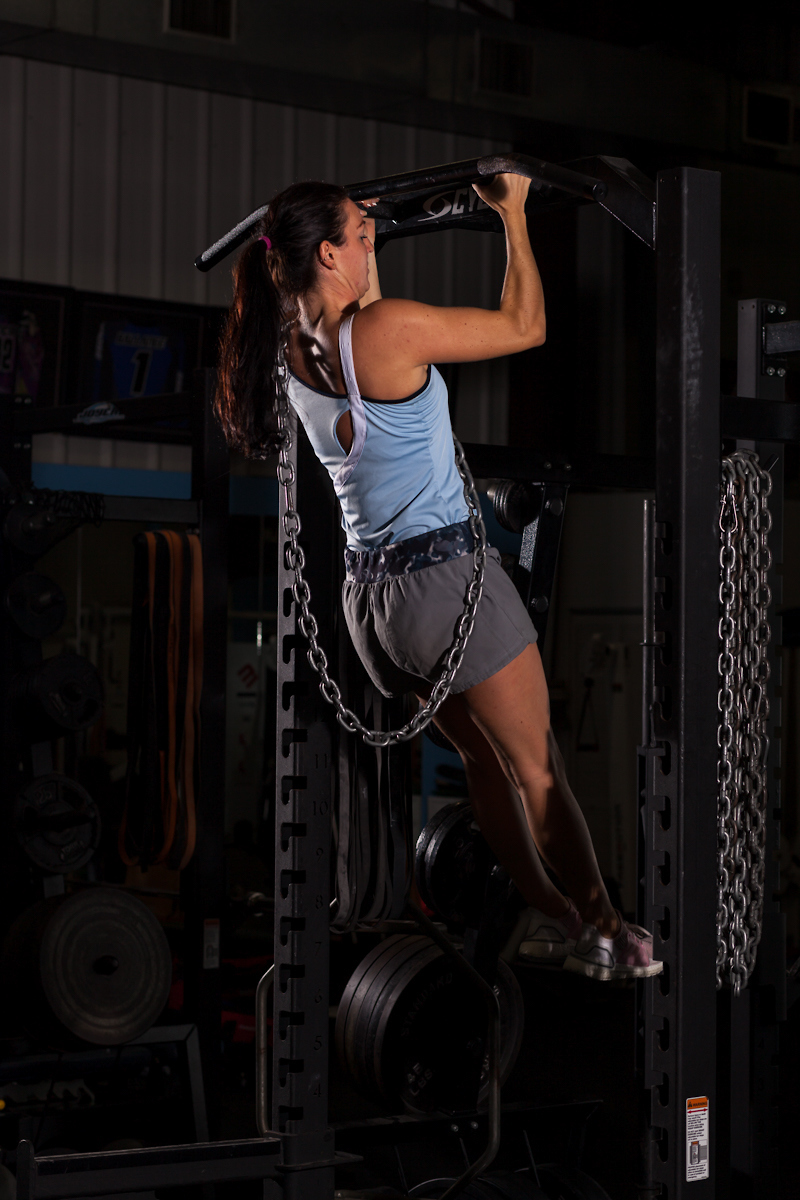
Get the TOTAL YOUTH SOCCER FITNESS EBOOK ON SALE FOR JUST $29 HERE
Get a year-round youth speed, strength and conditioning program TOTAL YOUTH SOCCER FITNESS 365 HERE
For coaching education, a 15 Module video library and in depth Zoom sessions on training the youth female athlete, join my FEMALE ATHELTE FITNESS MENTORSHIP HERE
REFERENCES
Lloyd, Rhodri & Cronin, John & Faigenbaum, Avery & Haff, Guy & Howard, Rick & Kraemer, William & Micheli, Lyle & Myer, Gregory & Oliver, Jon. (2016). The National Strength And Conditioning Association Position Statement On Long-Term Athletic Development. Journal of Strength and Conditioning Research. 30. 1. 10.1519/JSC.0000000000001387.2.
Jayanthi, N. , LaBella, C. , Fischer, D. , Pasulka, J. , Dugas, L. & (2015). American Journal of Sports Medicine, 43 (4), 794-801. doi: 10.1177/0363546514567298 Bahr R. Demise of the fittest: Are we destroying our biggest talents? Br J Sport Med 48: 1265–1267, 2014.
Moesch, K, Elbe, AM, Hauge, ML, and Wikman, JM. Late specialization: The key to success in centimeters, grams, or seconds (cgs) sports. Scand J Med Sci Sports 21: e282–e290, 2011
Bridge, MW and Toms, MR. The specialising or sampling debate: A retrospective analysis of adolescent sports participation in the UK. J Sports Sci 31: 87–96, 2013


No Comments